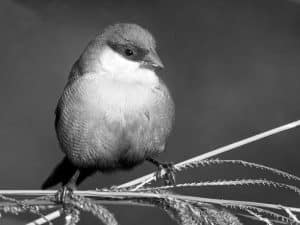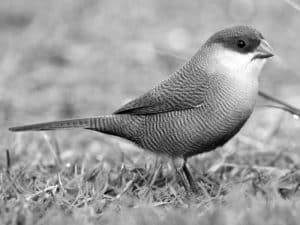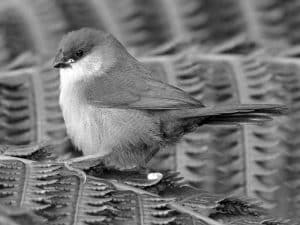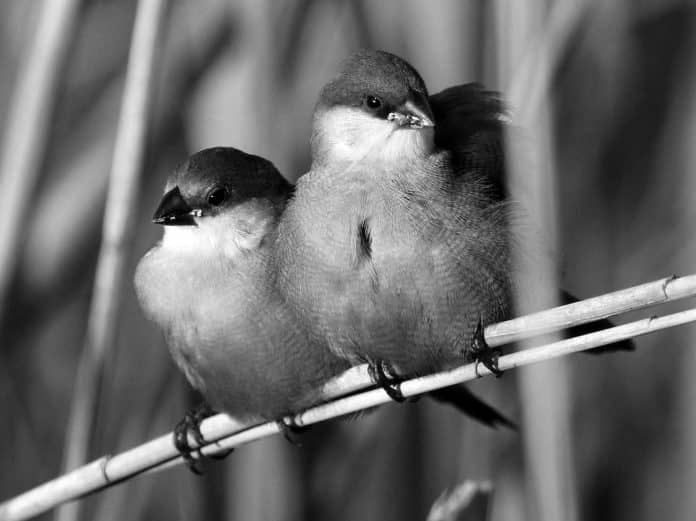Introduction to the Common Waxbill
The common waxbill, scientifically known as Estrilda astrild, is a small and vibrant finch species that is native to parts of Africa, including Tanzania. These delightful birds are known for their striking appearance, charming behavior, and the important role they play in the local ecosystem. Whether you’re an avid birdwatcher or simply appreciate the beauty of nature, discovering the common waxbill in Tanzania can be a truly rewarding experience.
Habitat and Distribution of the Common Waxbill in Tanzania

The common waxbill is widely distributed across Tanzania, with its range extending from the northern regions to the southern parts of the country. These birds thrive in a variety of habitats, including grasslands, savannas, scrublands, and even urban areas with well-maintained gardens and parks.
In Tanzania, the common waxbill is particularly abundant in the following regions:
- Serengeti National Park
- Tarangire National Park
- Lake Manyara National Park
- Arusha National Park
- Mikumi National Park
Physical Characteristics and Behavior of the Common Waxbill
The common waxbill is a small, delicate-looking bird, measuring around 10-12 centimeters in length. Its most distinctive feature is its vibrant plumage, which features a striking combination of red, brown, and grey hues. The bird’s beak is small and pointed, and its eyes are dark and expressive.
In terms of behavior, the common waxbill is a social bird, often seen in small flocks or pairs. They are known for their lively and energetic movements, hopping and flitting from one perch to another with ease. These birds are also skilled foragers, feeding on a variety of seeds, insects, and small fruits.
How to Spot the Common Waxbill in Tanzania
Spotting the common waxbill in Tanzania can be a delightful and rewarding experience for birdwatchers. Here are some tips to help you identify and observe these beautiful birds:
- Look for their distinctive plumage: The common waxbill’s vibrant red, brown, and grey feathers make it relatively easy to identify, even from a distance.
- Listen for their calls: The common waxbill has a variety of vocalizations, including high-pitched chirps, trills, and chattering sounds, which can help you locate them.
- Observe their behavior: Look for the birds’ characteristic hopping and flitting movements, as well as their tendency to forage in small groups.
- Check their preferred habitats: Scan areas with lush vegetation, such as grasslands, savannas, and well-maintained urban gardens, as these are the common waxbill’s preferred habitats.
Best Locations for Birdwatching the Common Waxbill in Tanzania
Tanzania is home to a diverse array of bird species, and the common waxbill can be found in many of the country’s renowned national parks and wildlife reserves. Here are some of the best locations for birdwatching the common waxbill:
- Serengeti National Park: This iconic park is known for its vast grasslands and savannas, which provide an ideal habitat for the common waxbill.
- Tarangire National Park: The diverse landscapes of Tarangire, including its acacia woodlands and riparian forests, make it a prime location for spotting the common waxbill.
- Lake Manyara National Park: The lush vegetation and wetlands of this park provide a perfect environment for the common waxbill to thrive.
- Arusha National Park: This park’s varied habitats, from montane forests to grasslands, offer excellent opportunities to observe the common waxbill.
- Mikumi National Park: The open savannas and woodlands of Mikumi provide a habitat for the common waxbill and many other bird species.
Tips for Spotting the Common Waxbill in Tanzania

To increase your chances of spotting the common waxbill during your birdwatching adventures in Tanzania, consider the following tips:
- Time your visits: The common waxbill is most active during the early morning and late afternoon hours, so plan your outings accordingly.
- Bring the right equipment: Invest in a good pair of binoculars and a camera with a telephoto lens to help you observe and capture the birds in detail.
- Stay quiet and patient: Move slowly and quietly, and be prepared to wait patiently for the birds to reveal themselves.
- Learn to identify their calls: Familiarize yourself with the common waxbill’s vocalizations, as this can help you locate them more easily.
- Consider joining a guided tour: Joining a birdwatching tour with an experienced guide can greatly increase your chances of spotting the common waxbill and other bird species.
Other Bird Species You May Encounter While Searching for the Common Waxbill
While the common waxbill is the primary focus of this article, Tanzania’s diverse avifauna means that you may encounter a variety of other fascinating bird species during your birdwatching adventures. Some of the other birds you might spot alongside the common waxbill include:
- Lilac-breasted roller
- Superb starling
- Helmeted guineafowl
- Marabou stork
- Kori bustard
- Grey-crowned crane
Conservation Status and Importance of Protecting the Common Waxbill in Tanzania
The common waxbill is classified as a species of Least Concern by the International Union for Conservation of Nature (IUCN), indicating that its population is relatively stable. However, it is essential to continue protecting this species and its habitats to ensure their long-term survival.
The common waxbill plays a crucial role in the local ecosystem, serving as a seed disperser and contributing to the overall biodiversity of the region. By protecting the common waxbill and its habitat, we can help maintain the delicate balance of Tanzania’s natural environments and ensure that future generations can continue to enjoy the beauty and wonder of this delightful bird.
Conclusion

The common waxbill is a true gem of Tanzania’s avian landscape, captivating birdwatchers and nature enthusiasts with its vibrant plumage and charming behavior. By understanding the habitat, distribution, and characteristics of this delightful bird, you can increase your chances of spotting it during your travels in Tanzania. Remember to be patient, observant, and respectful of the natural environment, and you’ll be rewarded with the opportunity to witness the beauty of the common waxbill in its natural setting. Happy birdwatching!

































